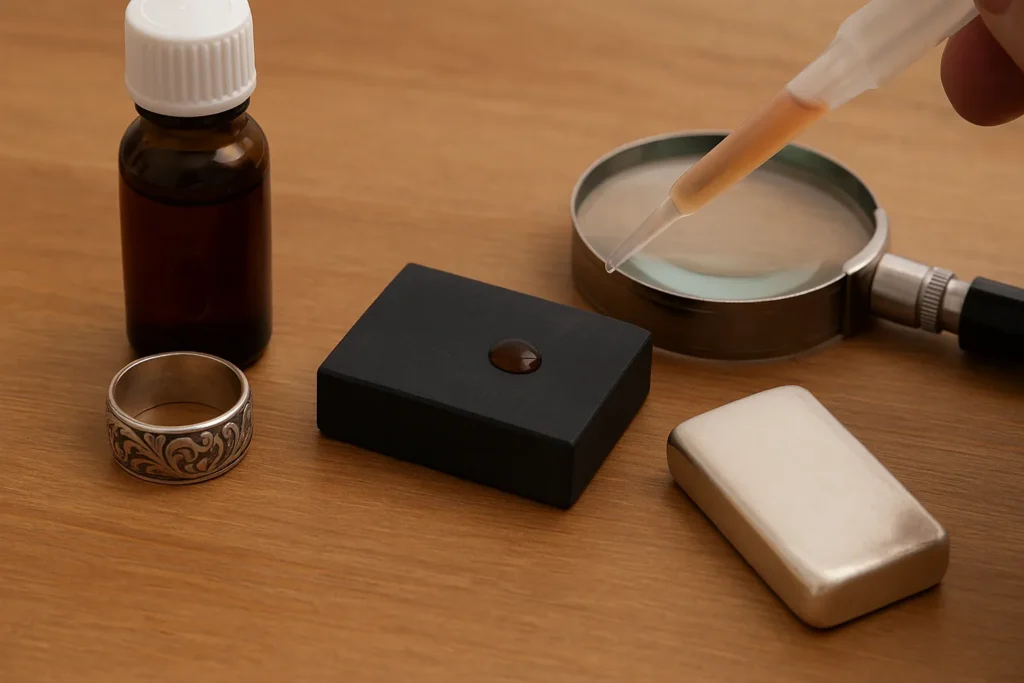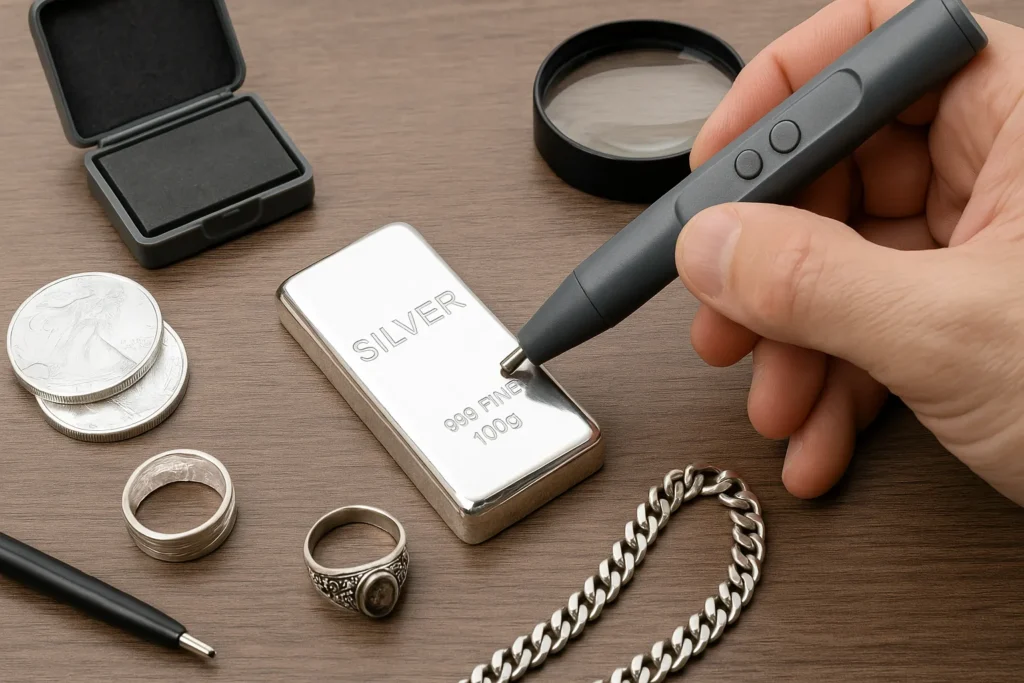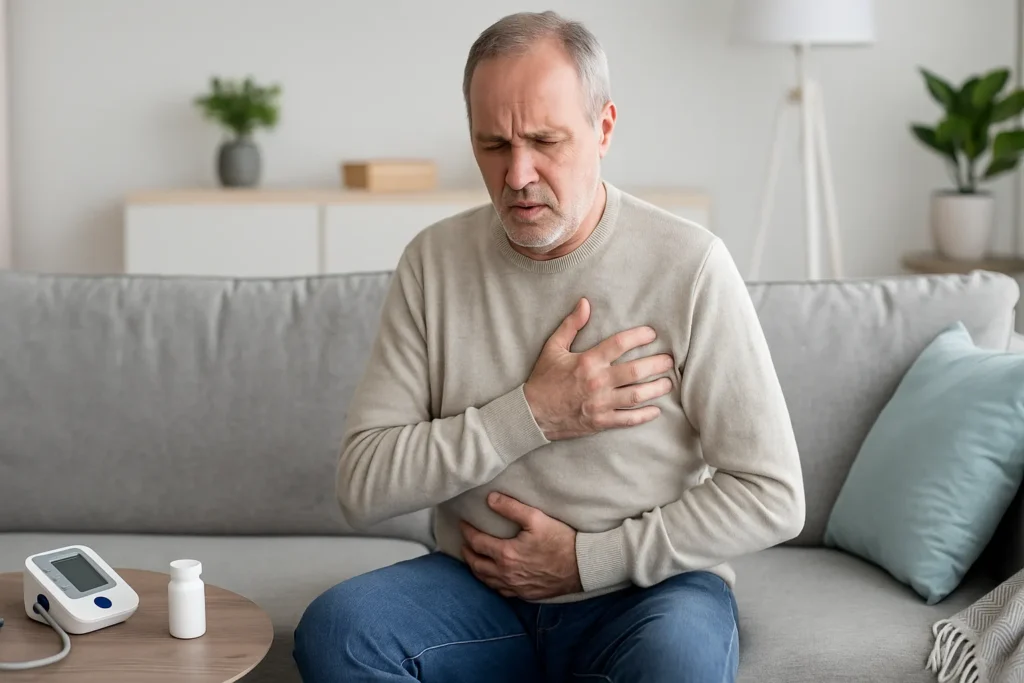Silver has been cherished for centuries for its beauty, value, and usefulness. From jewelry to coins, utensils to investment bars, silver shows up in many forms. But how do you know if your silver is real? Or how pure it is? If you’ve ever found yourself holding a piece of silver and wondering, “Is this the real deal?” this guide is for you. We’ll walk you through different ways to check silver purity, the meaning behind silver markings, and even how to test silver at home. Let’s get started.
What Does Silver Purity Mean?
Before we dive into testing methods, let’s understand what we’re actually checking. The purity of silver is measured in parts per thousand. So, when you see something marked as 925 silver, it means it’s 92.5% pure silver, with the remaining 7.5% typically made up of metals like copper. This is commonly known as sterling silver.
Similarly:
- Fine silver is marked 999, meaning 99.9% pure.
- Coin silver is marked 900 (90% silver).
- Anything below 800 is usually not considered high-quality silver.
You’ll often come across this standard in jewelry and utensils, and that’s where a silver purity chart comes in handy.
Understanding the Silver Purity Chart
To make sense of silver markings and grades, here’s a quick chart that summarizes the most common purities:
| Marking | Purity (%) | Common Use |
| 999 | 99.9 | Investment bars, coins |
| 925 | 92.5 | Sterling silver jewelry |
| 900 | 90.0 | Older U.S. coins |
| 835 | 83.5 | European cutlery/jewelry |
| 800 | 80.0 | Decorative pieces |
When you’re trying to do a silver purity check, this table becomes a useful reference to interpret the numbers stamped on your item.
How to Check Silver Purity at Home | Trusted Methods

If you don’t want to run to a jeweler every time you want to verify your silver item, don’t worry. There are a few simple ways to do a silver purity test right at home. Let’s walk through the most reliable ones.
1. Look for the Hallmark Stamp
The easiest starting point. Most genuine silver pieces will have a small stamped number, often on the back or inner side:
- 999, 925, 900, or 800.
However, not all real silver is hallmarked, and fake items can have fake stamps too. So while helpful, this shouldn’t be your only method.
2. The Magnet Test
Silver is not magnetic. So if your silver item sticks to a magnet, it’s likely mixed with other metals or is not silver at all.
Here’s how to do it:
- Take a strong magnet (not the refrigerator kind).
- Hold it close to the silver item.
- If it moves toward the magnet or sticks, red flag.
Keep in mind: Some fake silver items may pass this test, too, so use it in combination with other methods.
3. The Ice Cube Test
Silver conducts heat very well. Place an ice cube on your silver item and on another metal, like stainless steel. The cube of silver should melt significantly faster.
Why this works:
- High thermal conductivity is a property unique to real silver.
4. The Sound Test
Silver has a distinctive ring when tapped. Try tapping your item gently with another piece of metal or a coin. If it produces a high-pitched, bell-like tone that lingers, it’s likely real silver.
Compare the sound with a known silver item if you’re unsure.
5. The Nitric Acid Test (Use with Caution)
This method is more accurate but also requires care:
- Apply a small drop of nitric acid to a discreet part of the item.
- Real silver will turn creamy white.
- Fake silver (often silver-plated) will turn green.
Safety tip: Wear gloves and ensure you’re in a well-ventilated area.
What is a Silver Purity Certificate?
If you’re buying silver from a reputable jeweler or online platform, always ask for a silver purity certificate. This document:
- Confirms the percentage of silver.
- Includes weight, serial number, and purity grade.
- Acts as proof of authenticity during resale.
Especially when investing in silver coins or bars, a certificate ensures you’re not overpaying for something that’s not pure.
Why Professional Testing Still Matters
While at-home tests are helpful, they’re not 100% foolproof. If you’re planning to sell, invest, or insure your silver, consider getting a professional silver purity check done.
Jewelers use tools like:
- XRF machines (X-ray fluorescence) for accurate metal analysis.
- Electronic testers for immediate results without damaging the item.
This is especially important if your silver doesn’t have visible markings or if you’re unsure of its origin.
Other Factors That Can Affect Silver Value
Besides purity, other factors that influence silver’s worth include:
- Weight: Heavier items have more silver content.
- Condition: Scratched or tarnished pieces may fetch less.
- Design and Craftsmanship: Antique or handcrafted pieces often have added value.
- Rarity: Limited edition silver coins or collectibles can command higher prices.
A Quick Note on Spiritual Jewelry
Some people wear silver items like Rudraksha malas or Karungali Malai for spiritual reasons. If you’re buying these, it’s important to check both the authenticity of the item and the purity of the silver used. Here’s a helpful guide if you’re curious about how to identify original rudraksha or need tips on how to check original karungali malai.
When it comes to spiritual items, both material purity and energy integrity matter.
Final Thoughts
Knowing how to check silver purity is not just a skill, it’s peace of mind. Whether you’re buying jewelry, receiving a family heirloom, or collecting silver coins, being able to evaluate the metal yourself puts you in control.
Start with simple tests like magnets and hallmarks, move on to acid or professional checks if needed, and always refer to the silver purity chart to understand what those numbers mean.
When in doubt, go with your gut, but back it up with facts.













